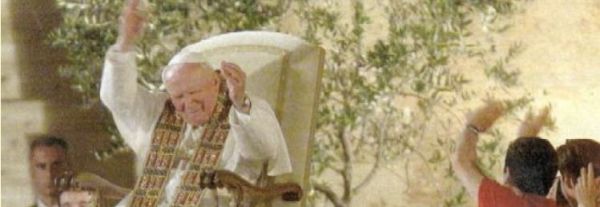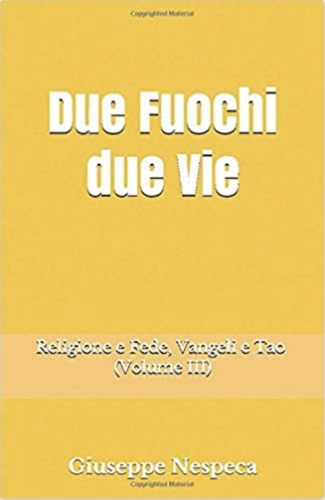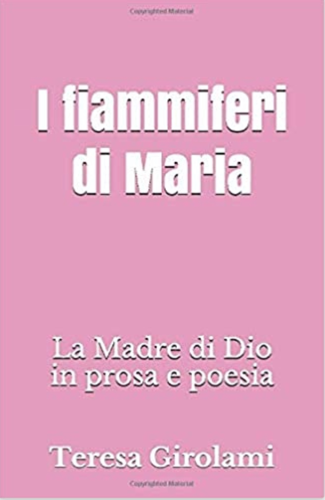The Spirit and the "seeds of truth" in human thought
1. Repeating a statement in the book of Wisdom (1:7), the Second Vatican Ecumenical Council teaches us that “the Spirit of the Lord”, who bestows his gifts upon the People of God on pilgrimage through history, “replet orbem terrarum”, fills the whole universe (cf. Gaudium et spes, n. 11). He ceaselessly guides people to the fullness of truth and love which God the Father revealed in Jesus Christ.
This profound awareness of the Holy Spirit’s presence and action has always illumined the Church’s consciousness, guaranteeing that whatever is genuinely human finds an echo in the hearts of Christ's disciples (cf. ibid., n. 1).
Already in the first half of the second century, the philosopher St Justin could write: “Everything that has always been affirmed in an excellent way and has been discovered by those who study philosophy or make laws has been accomplished by seeking or contemplating a part of the Word” (Apologia II, 10, 1-3).
2. The opening of the human spirit to truth and goodness always takes place in the perspective of the “true light that enlightens every man” (Jn 1:9). This light is Christ the Lord himself, who has enlightened man’s steps from the very beginning and has entered his “heart”. With the Incarnation, in the fullness of time, the Light appeared in this world in its full brilliance, shining in the sight of man as the splendour of the truth (cf. Jn 14:6).
Already foretold in the Old Testament, the gradual manifestation of the fullness of truth which is Jesus Christ takes place down the centuries by the work of the Holy Spirit. This particular action of the “Spirit of truth” (cf. Jn 14:17; 15:26; 16:13) concerns not only believers, but in a mysterious way all men and women who, though not knowing the Gospel through no fault of their own, sincerely seek the truth and try to live an upright life (cf. Lumen gentium, n. 16).
In the footsteps of the Fathers of the Church, St Thomas Aquinas can maintain that no spirit can be “so darkened as not to participate in some way in the divine light. In fact, every known truth from any source is totally due to this 'light which shines in the darkness', since every truth, no matter who utters it, comes from the Holy Spirit” (Super Ioannem, 1, 5 lect. 3, n. 103).
3. For this reason, the Church supports every authentic quest of the human mind and sincerely esteems the patrimony of wisdom built up and transmitted by the various cultures. It expresses the inexhaustible creativity of the human spirit, directed towards the fullness of truth by the Spirit of God.
The encounter between the word of truth preached by the Church and the wisdom expressed in cultures and elaborated by philosophies calls on the latter to be open to and to find their own fulfilment in the revelation which comes from God. As the Second Vatican Council stresses, this encounter enriches the Church, enabling her to penetrate the truth ever more deeply, to express it in the languages of the different cultural traditions and to present it — unchanged in its substance — in the form most suited to the changing times (cf. Gaudium et spes, n. 44).
Trust in the presence and action of the Holy Spirit, even in the travail of the culture of our time, can serve as a starting point, at the dawn of the third millennium, for a new encounter between the truth of Christ and human thought.
4. In view of the Great Jubilee of the Year 2000, it is necessary to look more closely at the Council’s teaching on this ever fresh and fruitful encounter between revealed truth, preserved and transmitted by the Church, and the many different forms of human thought and culture. Unfortunately, Paul VI’s observation in the Encyclical Letter Evangelii nuntiandi that “the division between the Gospel and culture is without a doubt the tragedy of our time” (n. 20) is still valid.
To prevent this division which has serious consequences for consciences and behaviour, it is necessary to reawaken in Christ’s disciples that vision of faith which can discover the “seeds of truth” scattered by the Holy Spirit among our contemporaries. This can also contribute to their purification and maturation through the patient art of dialogue, whose particular goal is to present Christ’s face in all its splendour.
It is particularly necessary to keep well in mind the great principle formulated by the last Council, which I wanted to recall in the Encyclical Dives in misericordia: “While the various currents of human thought both in the past and at the present have tended and still tend to separate theocentrism and anthropocentrism, and even to set them in opposition to each other, the Church, following Christ, seeks to link them up in human history, in a deep and organic way” (n. 1).
5. This principle proves fruitful not only for philosophy and humanistic culture but also for the areas of scientific research and art. In fact, the “humble and persevering investigator of the secrets of nature is being led, as it were, by the hand of God in spite of himself, for it is God, the conserver of all things, who made them what they are” (Gaudium et spes, n. 36b).
On the other hand, the true artist has the gift of perceiving and expressing the luminous and infinite horizon in which the existence of man and the world is immersed. If he is faithful to the inspiration that dwells within him and transcends him, he acquires a hidden connaturality with the beauty with which the Holy Spirit clothes Creation.
May the Holy Spirit, the Light that enlightens minds and the divine “artist of the world” (S. Bulgakov, Il Paraclito, Bologna 1971, p. 311), guide the Church and contemporary humanity on the paths of a new and surprising encounter with the splendour of the Truth!
[Pope John Paul II, General Audience 16 September 1998]












